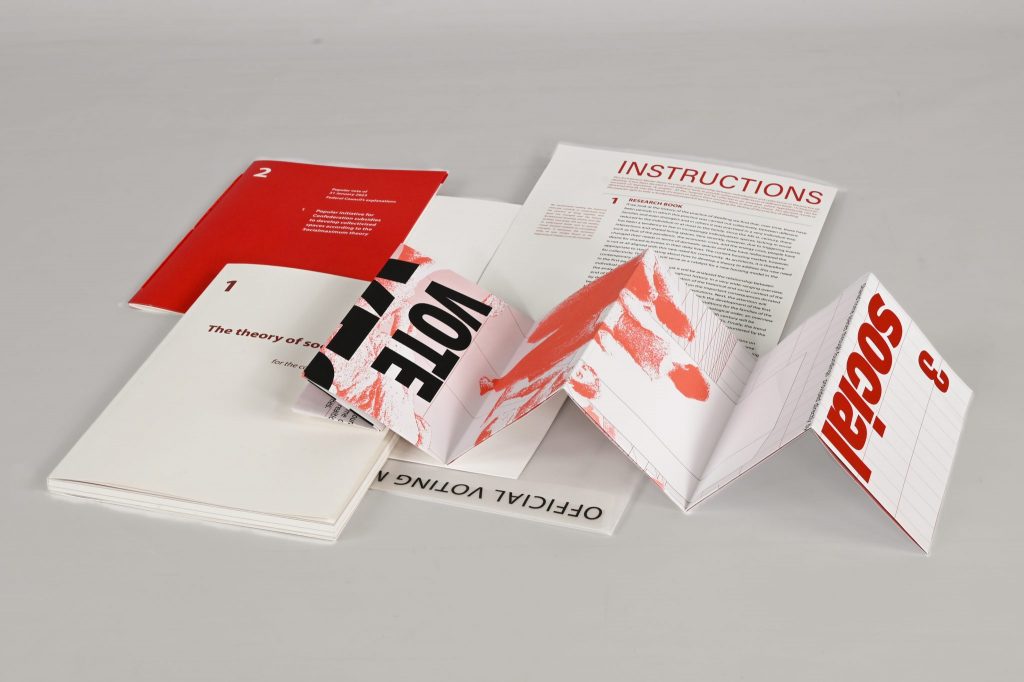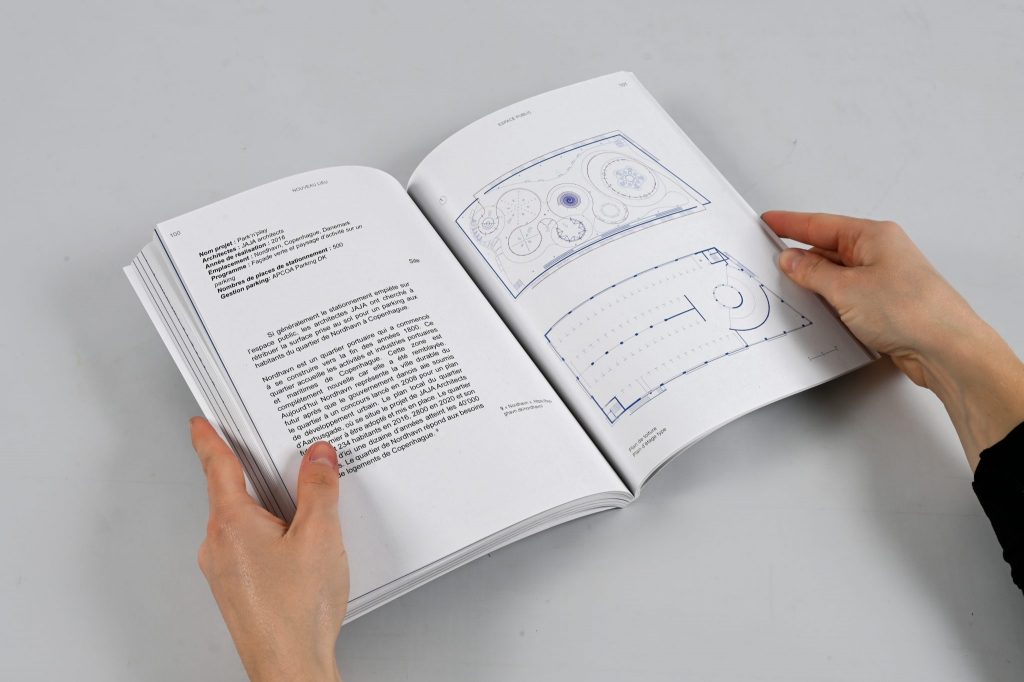THEMA offers supervision for the énoncé théorique (ET). Students must write in English.
The lab primarily accepts students working on topics related to the lab’s research focus, including critical work on material cycles, the relation between architecture and construction, and construction labor. Several ideas that we encourage students to adopt for their work are listed below. We nevertheless welcome applications on any topic with an explanation of why it would be interesting for you to work with the lab on the topic you have chosen and ask that you arrive with willingness to continue to develop your topic together with our team.
THEMA values experimental inquiry and is open to various methods (field work, archival work, etc.) and media (film, visual essays, etc.).
Interested students can submit their applications via e-mail to Marion Moutal with a brief project description stating research interests and intentions (max. 2 A4 pages) accompanied by CV & portfolio.
Topics:
Archival Research (related to existing projects in the lab)
Gabarits/Baugespanne/Building Profiles
How are building profiles used, where are they used, and why? How has this changed over time? What is the intent of this practice? When is it helpful and when is it misleading?
The Life of Grande Dixence as Construction Site
Using the on-site journal le Chouca and films from the construction process as primary material, characterize the life of the construction sites for the Dixence-Cleuson hydropower complex over the decade of construction.
Existing buildings as continued material commitments
In coordination with the lab, you will identify a series of buildings that have been renovated over multiple cycles (examples with exposed concrete: St. Antonius Church in Basel, Goetheanum in Dornach, etc.) to understand material expenditure as a continual commitment rather than a one-time act that is conditioned by how we understand materials.
Contemporary History
Tracing Constructing Architecture: Materials Processes Structures
How can the influence of this book, now nearly 20 years old (2005), be traced? Where is it used as a textbook and as a reference? How does the use of the book differ from the original intention of the authors? What does its content and its influence say about the practice of architecture today?
Local Interest
The City, Underground: Lausanne
Characterize and precisely draw the underground of Lausanne, including parking, metro, train (LEB, TRIDEL).How were these spaces imagined when they were built, how much of it do we have now, and what does the future hold for it?
Follow the Things: M3 Construction
History and planning of the m3. Is the project still defendable? What are the alternatives? Survey of where the materials are coming from for the project and where the excavated material. Are there alternatives?
Lausanne Main Station
History and planning of the new station. Is the project still defendable? What are the alternatives?
Alternative Practices
CaRPE
Christian Jelk, DomaHabitare, Ste-Croix
Contractors
History and operating strategy of local contractors (Orlatti, Implenia, etc).
List of students
Projet de Master 2024/ Masters Projects 2024
- Achille Pidoux & Sébastien Hasler
- Liran Gil
- Christian Meier
Énoncé théorique 2023/ Written thesis 2023
- Julie Morel
- Noémie Perregaux
- Raphael Stäubli
- Battsooj Enkhbaatar
Projet de Master 2023/ Masters Project 2023
- Oria Abbas
- Raoul Cordoba
Énoncé théorique 2022/ Written thesis 2022
- Chiara Pezzetta & Driss Veyry
- Marta Bovelli & Luca Rondella
- Sarah Planchamp
- Amélie Mischler





